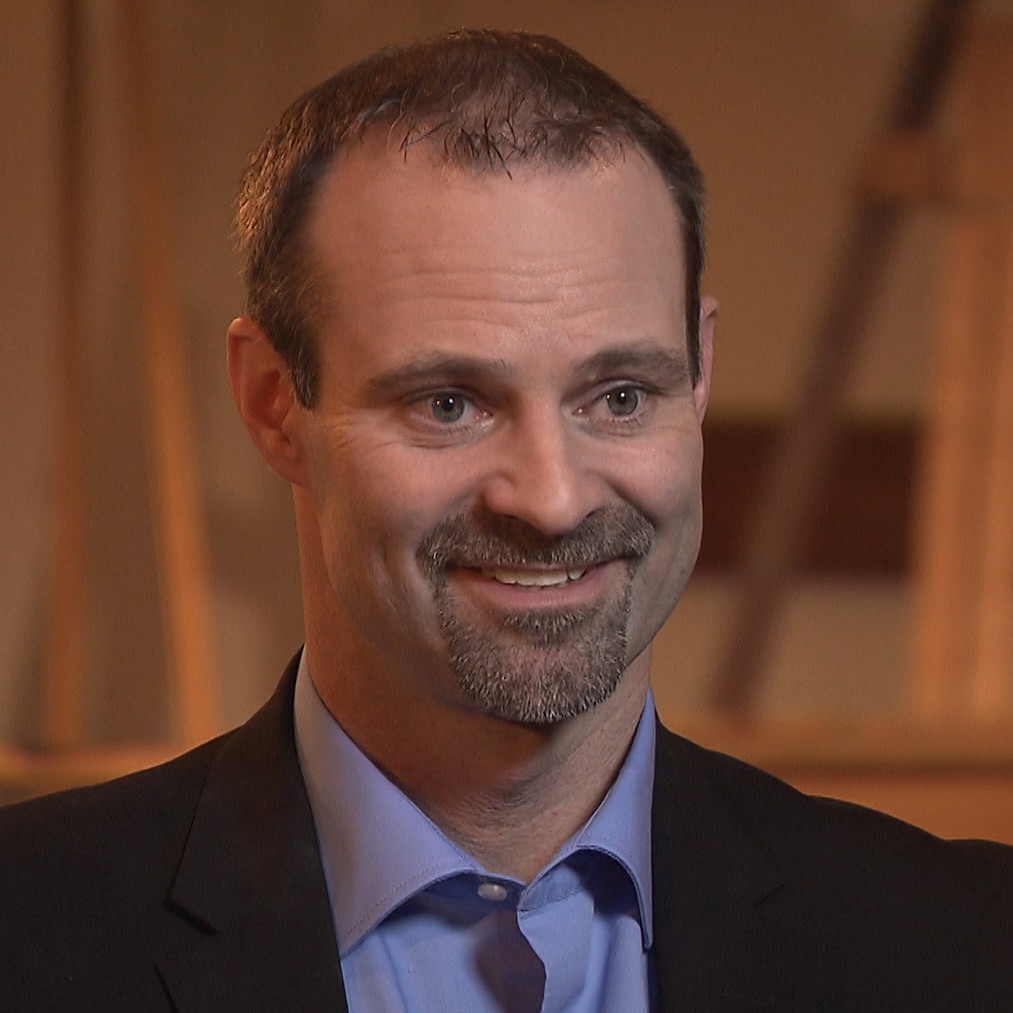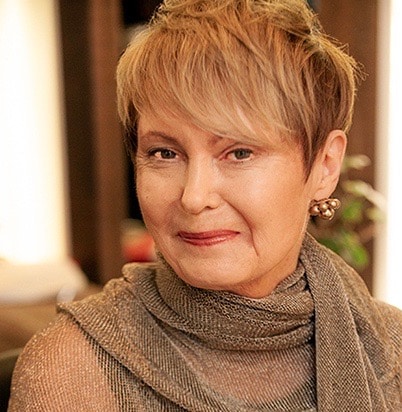James is founder and president of the National School Art Collective, a non-profit created to develop student curated and student owned fine art collections in high schools. He has developed art collection and is looking to start another at Tippecanoe High School.
The National School Art Collective:
- “One of the goals of the National School Art Collective is to bring an art experience to students in a school every day.”
- “A small group of students come together and run the program much like a museum curator would. They make the initial selections. They reach out to the artists. They put together the program to get the artists to submit just like they would for an art competition.”
- “Once the students have narrowed the submissions to a small number, they will put forth the artwork, the artist’s information to the entire student body, and then the student body will end up voting on it on one day. After that, the selections are made.”
- “When we talk about The Foundationing aspect of it that’s where the National School Art Collective would come in is that essentially we would help a school start it and get their feet wet and help give them the tools.”
- “Once you have a number of artworks up in the school, now you’re selling the collection.”
- “The beauty of having professional artwork in a school is that many of those people really have no connection to the art world and this is forming that connection, and hopefully, at an early stage in their life.”
- Next steps for the National School Arts Collective
Collecting on Behalf of an Institution:
- “Forming a committee of students was a real key in making sure that the selections were going to be up to a certain standard.”
- “The committee would look at, obviously, the basic elements and principles of design. They would look at the artist’s background, their level of education, the number of shows they had been in, the prices of their artwork, their prestige.”
- “We would also have the artwork on display prior to the event for a few days so they could really see the artwork up close.”
- “Because it’s their collection, it means something to them to have variety, to have a range of work whether it be different types of media, different types of themes, different types of artists, artists who are self-taught, and artists who have multiple degrees and MFAs and so many solo exhibitions that they can’t put it onto two pages on their resume.”
- “I don’t know how many people walk through a gallery in a day, but I can guarantee you at some of these large high schools around the country, we would have anywhere between three and 4,000 people coming through the doors. That was probably a low number at times, especially some of these mega schools.”
- “It changes the atmosphere of a school, and when you walk by and you become engaged in something like that it takes you away from those minor stresses you might have at the moment…”
- “What they hopefully, end up seeing years from now is the interests, the themes, what was happening at that time. Almost like a time capsule because they’re in tune to what’s going on in the world right now.”
Why Should Young People Collect Art?
- “We’re more mobile now than we used to be in the past, but I get very, very few students that talk about a gallery experience or a museum experience.”
- “Over the years, I’ve seen it even as a teacher that we take fewer and fewer trips to museums. Buses cost money and gas costs money and substitute teachers cost money, so it’s not in the best interest for an administrator to arrange a museum trip…”
- “Young people need to have that experience and the effects can be dramatic over a lifetime. Experiencing an artwork in person is so much different than seeing it on a phone.”
- “We’re planting a seed and that seed, it may not flower early on in their professional career or their life, but … You will put something on your walls, and what are you going to put on it? How are you making that choice? Do you want to make a good choice?”
- “We live in an age where we’ll spend a few hundred dollars on a game system and not think twice about it. I think that there’s a number of artists out there that have their work at a price point that the average person could afford, but a lot of people just don’t know where to look…”
What’s in it for Artists?
- As a part of the National School Arts Collective, they host a call for artist submissions.
- “Most of the time, artists have been very easy to work with. But we understand that there’s a certain level that they’ve achieved, and there’s a certain price point that they probably shouldn’t take it down below because of the value of their work. We want to keep that value. We want the students to understand it has a certain value.”
- “We had to put some limitations. What that may do is keep some of the artists from applying if they think that their work shouldn’t be sold for under a certain dollar amount.”
- “The real benefit for an artist is that not only is your work being seen by students, but it’s being seen on an annual basis by a whole group of new students, parents, community members, anybody who has anything going on within that school. They get a chance to experience that artwork.”







